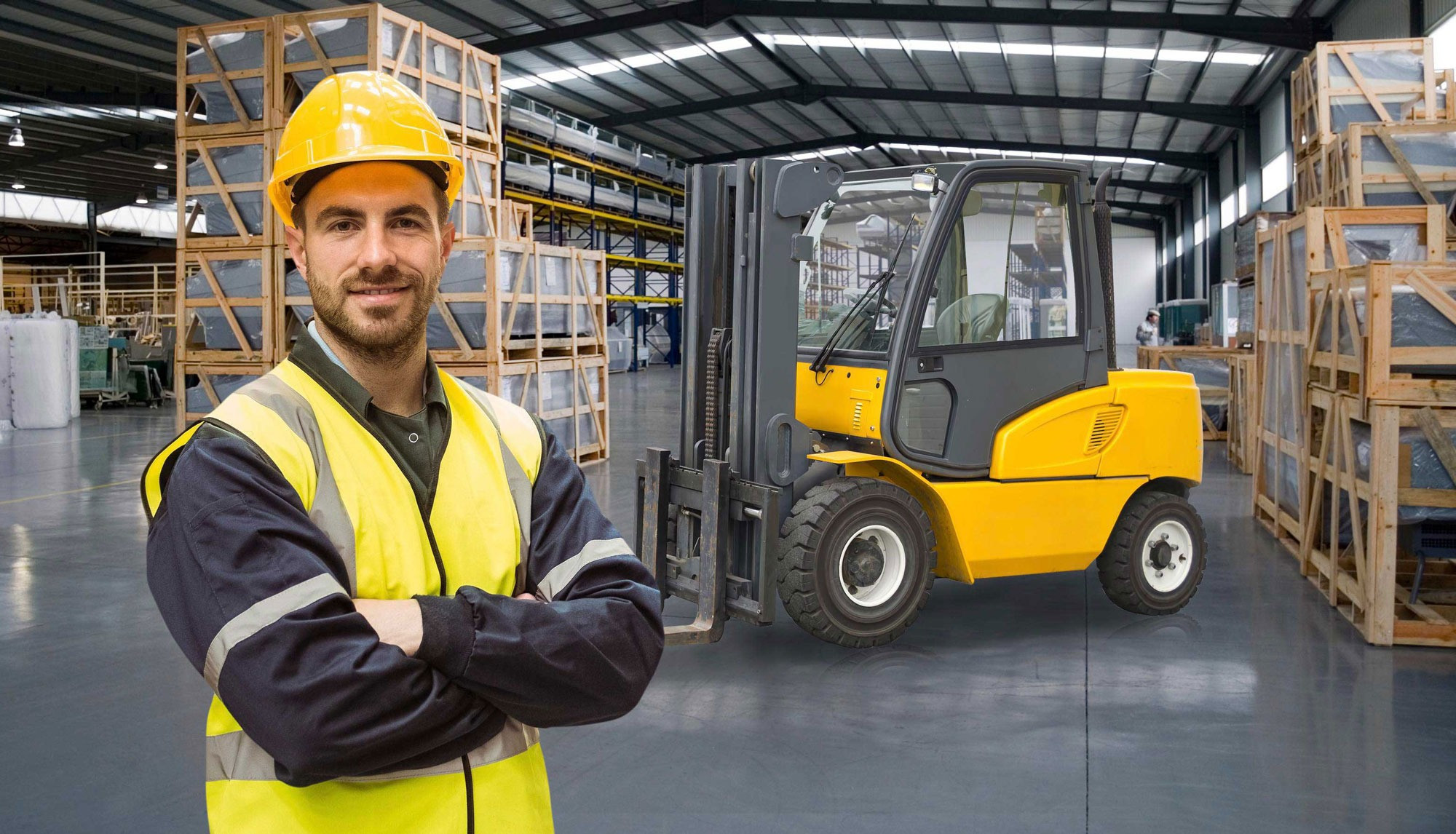Operating industrial forklift trucks requires adherence to strict safety protocols to prevent accidents and injuries in the workplace. In the United States, the Occupational Safety and Health Administration (OSHA) sets guidelines and regulations to ensure the safe operation of forklifts. Obtaining an OSHA Certificate through an OSHA Course is essential for operators to demonstrate their competence and understanding of safety procedures. In this comprehensive guide, we will delve into the best practices for using industrial forklift trucks safely, emphasizing the importance of OSHA certification and training.
What is OSHA Certification?
Before delving into the specifics of forklift safety, it’s crucial to understand the significance of OSHA Certification. This certification indicates that an operator has completed an OSHA-approved training course and possesses the necessary knowledge and skills to operate a forklift safely. Employers are responsible for ensuring that their forklift operators hold valid OSHA Certificates, as mandated by OSHA regulations.
Best Practices for Safe Forklift Operation
-
Pre-Operation Inspection: Before using a forklift, operators must conduct a thorough inspection to ensure that the vehicle is in proper working condition. This includes checking for any leaks, damaged or worn-out parts, and ensuring that all safety features are functional.
-
Proper Training: All forklift operators should undergo comprehensive training through an OSHA-approved course. Training should cover not only the operation of the forklift but also safety procedures, load handling techniques, and emergency protocols.
-
Adherence to Load Capacity: It’s essential to adhere to the forklift’s load capacity limits specified by the manufacturer. Overloading a forklift can destabilize the vehicle and increase the risk of tipping over, leading to serious accidents.
-
Safe Loading and Unloading: When loading and unloading materials, operators must ensure that the forklift is on stable ground, and the load is properly secured. Additionally, they should avoid sudden movements or sharp turns that could cause the load to shift.
-
Awareness of Surroundings: Forklift operators should always be aware of their surroundings and watch out for obstacles, pedestrians, and other vehicles. Using horns and lights to signal their presence can help prevent collisions in busy work environments.
-
Safe Operating Practices: Operators should follow safe operating practices, such as maintaining a safe distance from edges and ramps, reducing speed in congested areas, and keeping the forks at a safe height when traveling.
Maintaining Forklift Safety Culture
Ensuring forklift safety goes beyond individual operators; it requires a collective effort to foster a culture of safety in the workplace. Employers play a crucial role in promoting safety by providing regular training and refresher courses, conducting safety audits, and enforcing strict adherence to OSHA regulations. Additionally, employees should be encouraged to report any safety hazards or concerns promptly.
Importance of OSHA Course
OSHA Course provide comprehensive training on the safe operation of forklifts, covering topics such as vehicle inspection, load handling, and hazard awareness. These courses are designed to equip operators with the knowledge and skills required to operate forklifts safely in various industrial settings. By completing an OSHA Course, operators gain a thorough understanding of OSHA regulations and safety standards, reducing the risk of accidents and injuries in the workplace.
Conclusion
Operating industrial forklift trucks safely is paramount to prevent accidents and injuries in the workplace. By obtaining OSHA Certificate through an OSHA Course and adhering to best practices for forklift operation, operators can mitigate risks and contribute to a safer work environment. Employers must prioritize forklift safety by investing in training, implementing safety protocols, and fostering a culture of safety among employees. Together, we can ensure that forklift operations remain efficient and accident-free, safeguarding the well-being of workers and the productivity of industrial operations.


